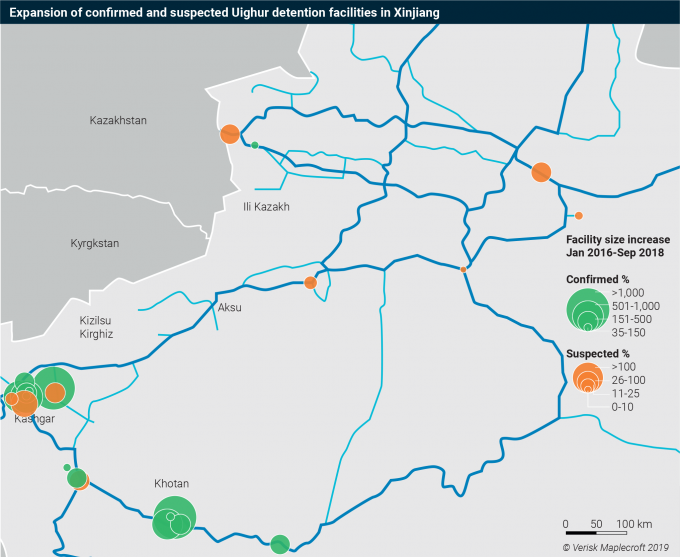China moves to shore up supply chains as production shift spreads
China is moving to shore up its supply chains as concerns grow over western withdrawals, ...

Food and hi-tech electronic supply chains have been warned they may be caught up in the growing use of forced labour in China’s western Xinjiang province.
The province is home to China’s Uyghur ethnic minority, which in recent years has been the subject of a government ...
Predatory rivals circle as the ripples from DSV's Schenker buy widen
MSC Elsa crew face criminal probe, as Wan Hai 503 firefighters battle on
Latest Israeli attack on Iran a threat to box ships in Straits of Hormuz
DHL Express facilities in Canada forced to shut down by strike
Industry concerns rise after yet another box ship on fire off Indian coast
'It's driving us mad', say forwarders as US court fails to end tariff turmoil
European port congestion easing – for now
More legal trouble in India for MSC: feeder vessel detained after box ship disasters

Comment on this article